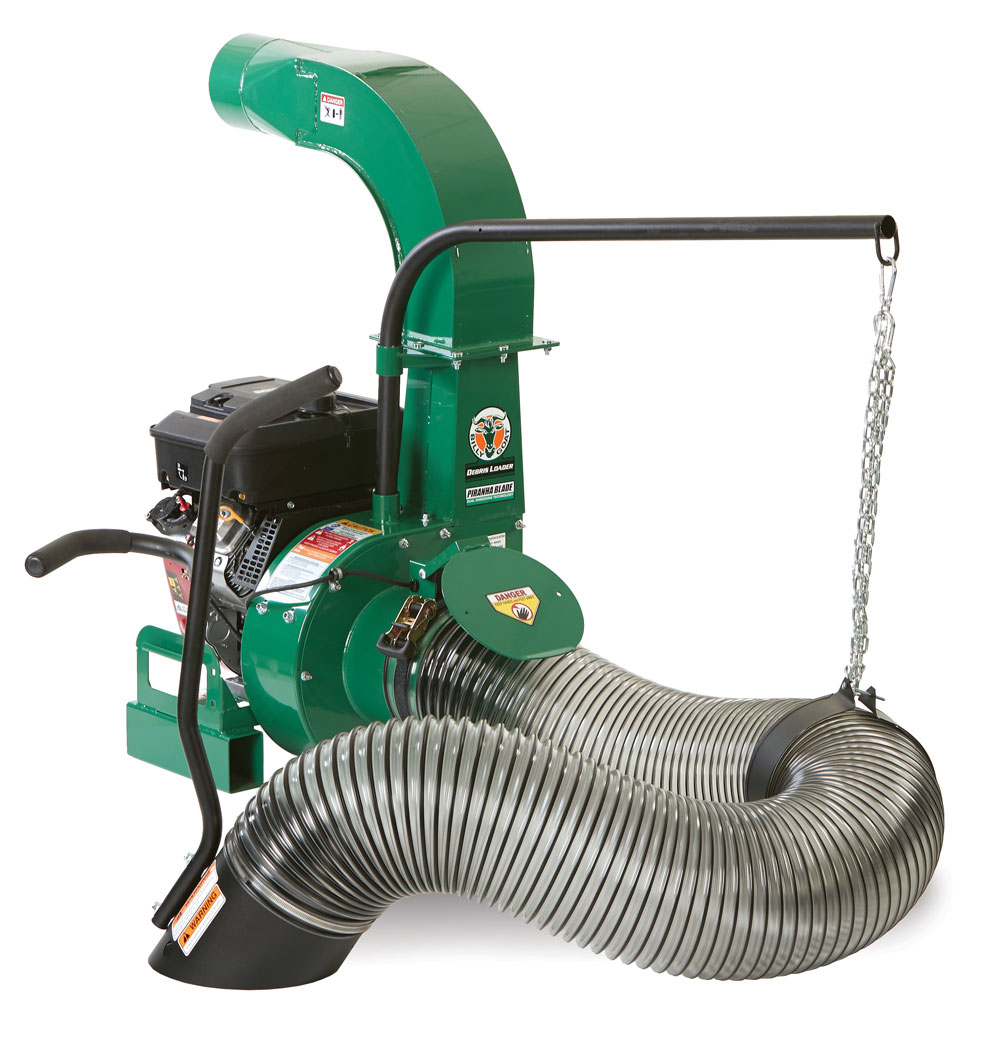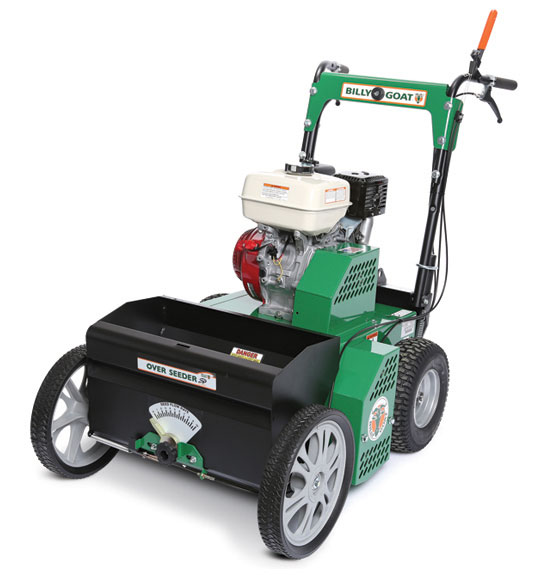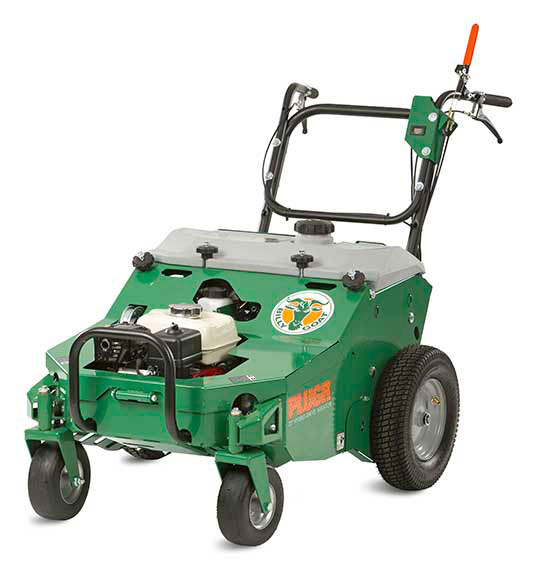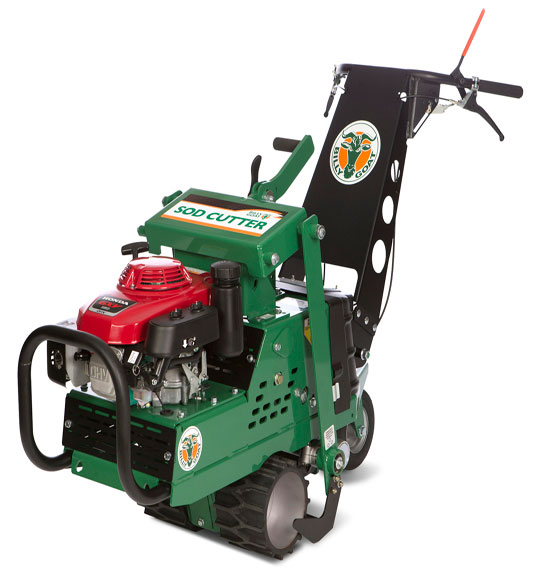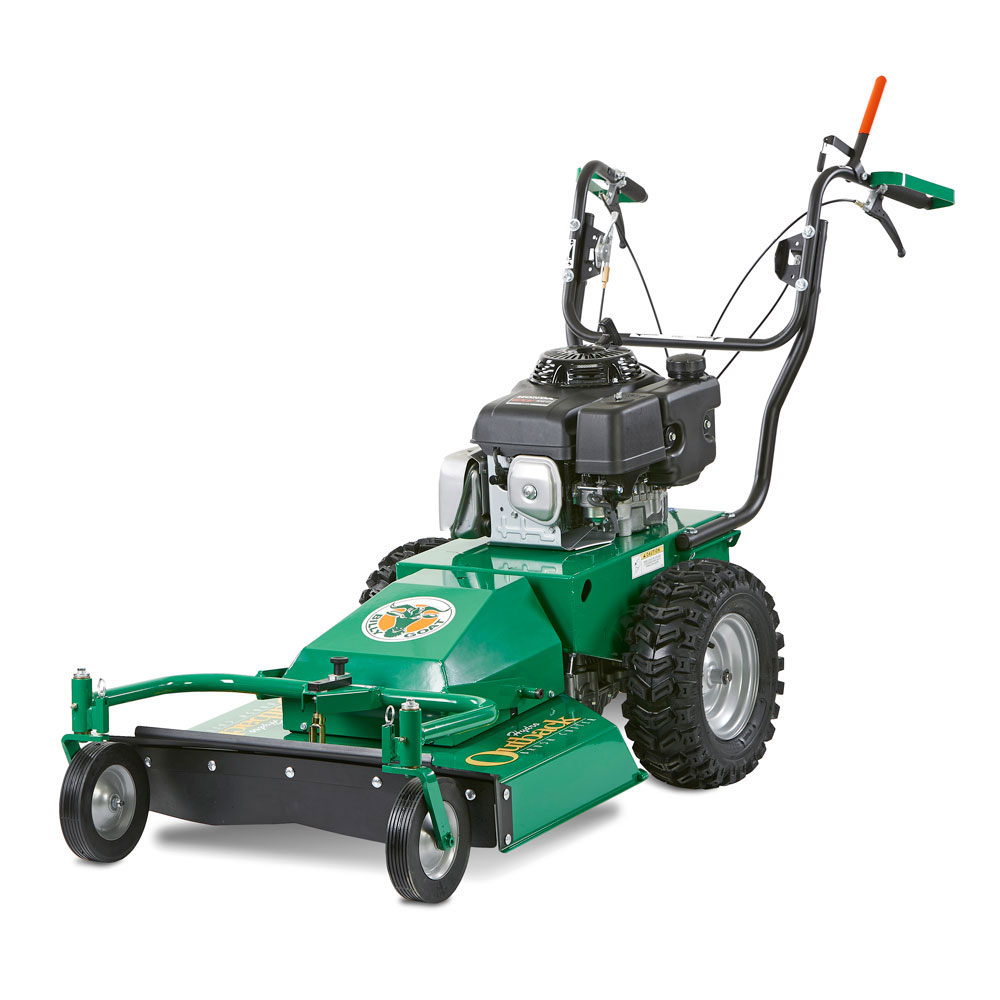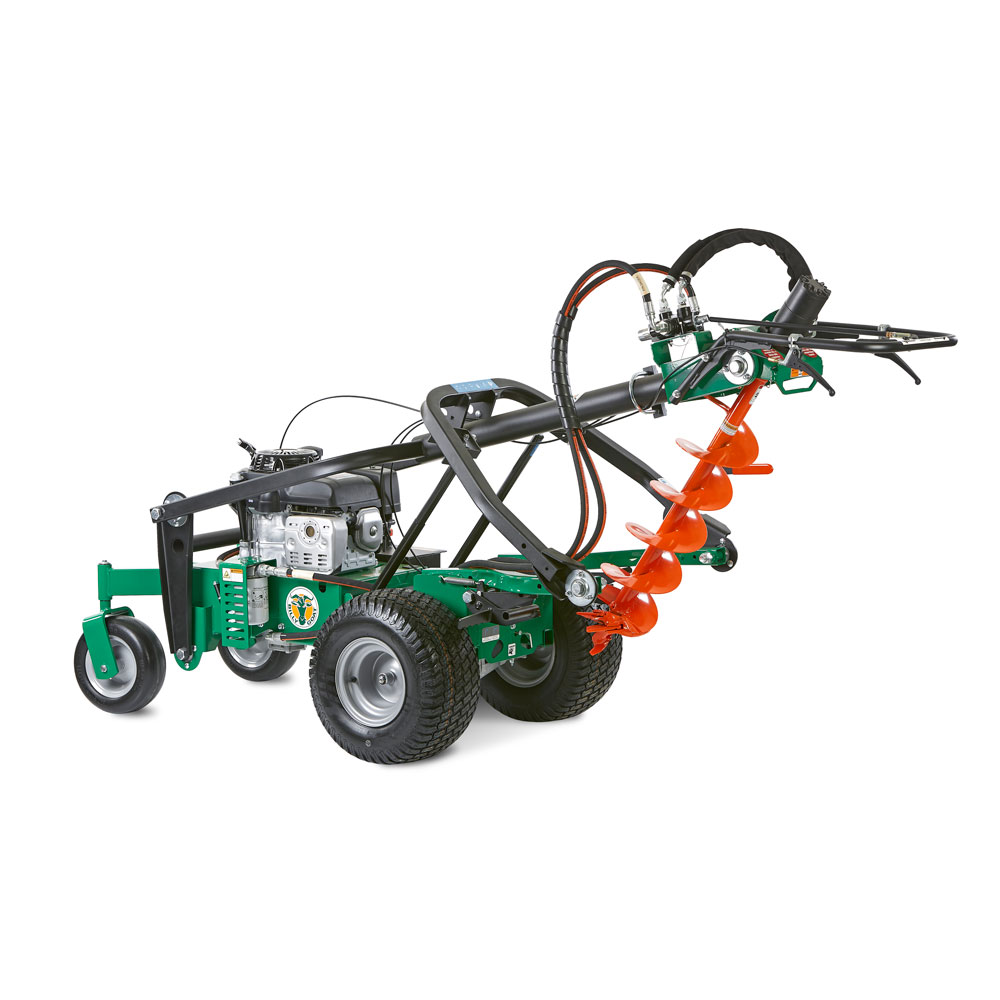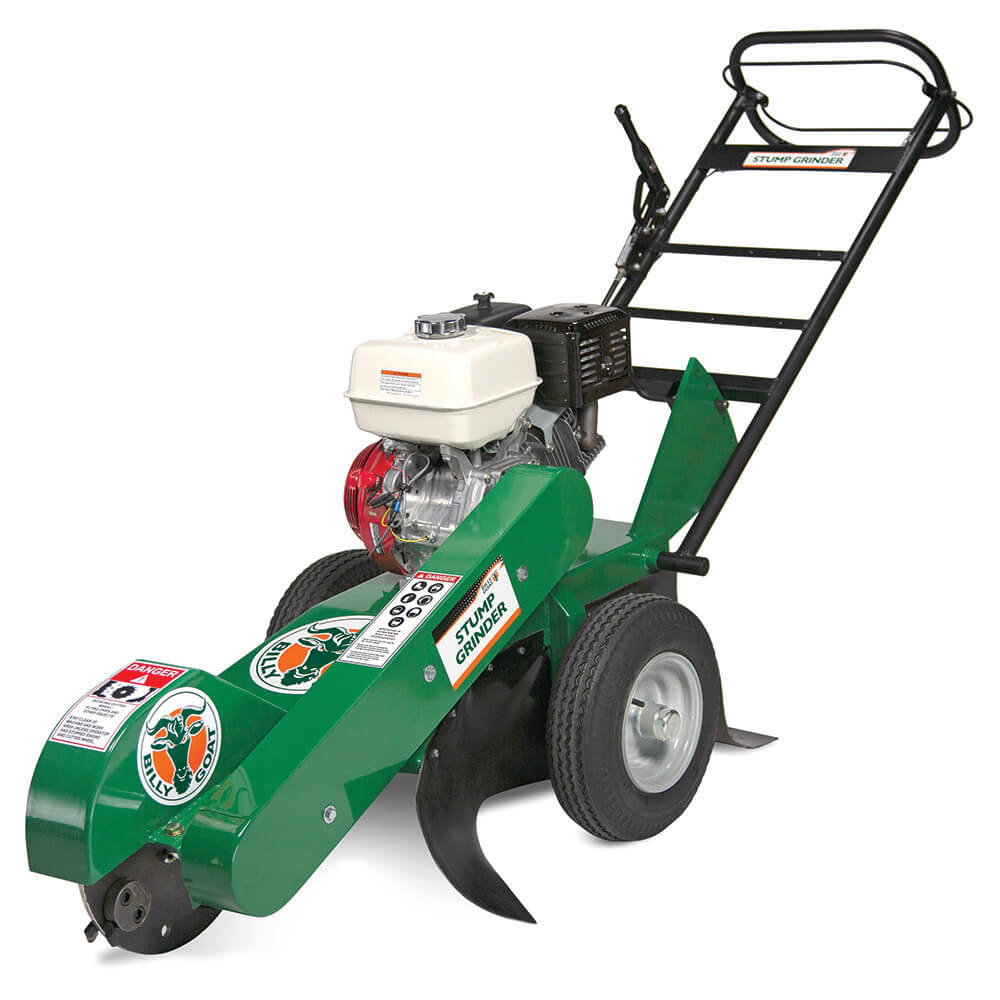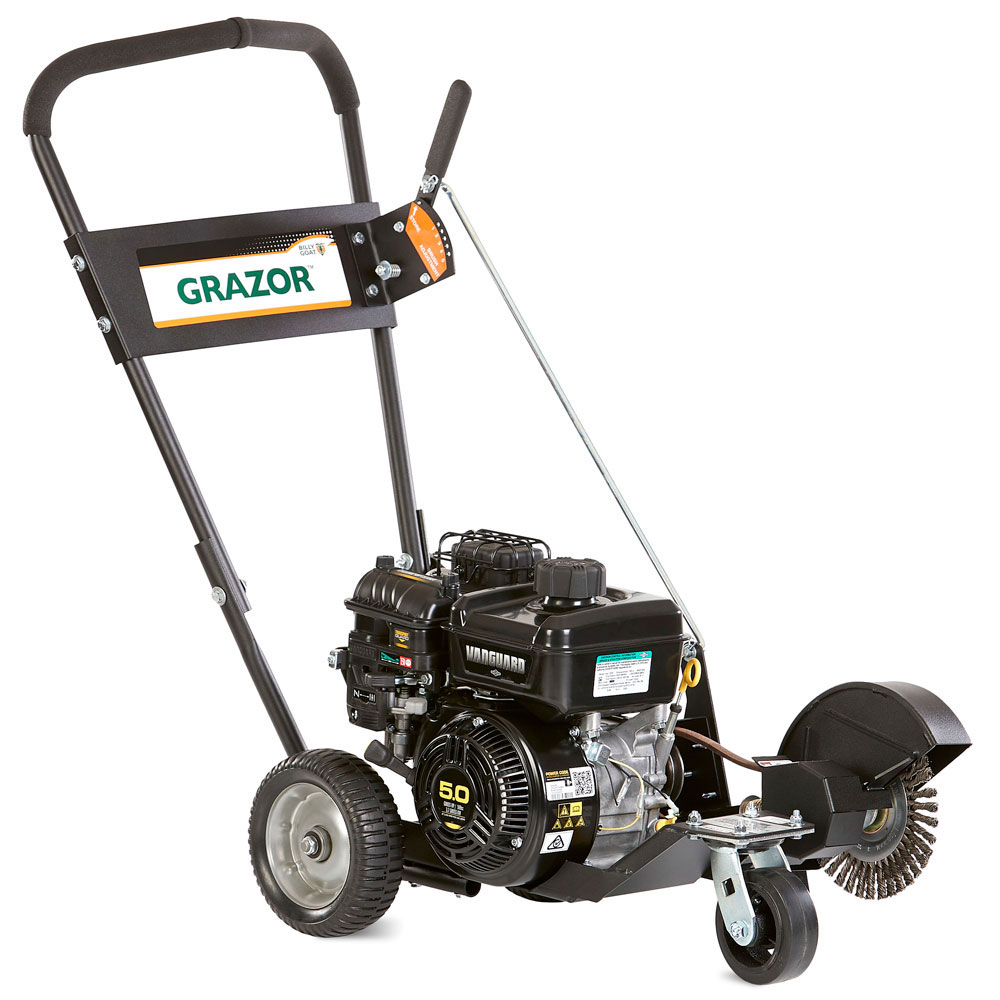Tips for Best Aerator Performance
For most landscape contractor operators, aerators do not run every day. They sit stationary waiting for their season to start and quickly end. The season is very demanding and there is little to no time available for a machine to go down. Because of that - keeping the aerators in good working condition is critical to making sure your customers get the aeration job they have paid for and in the appropriate window of time that mother nature permits.
Aeration seasons are generally in the spring or early fall. A tip for the in-between-season time to help with engine start up is to add a fuel stabilizer/additive to prevent anything from settling out of the gasoline and clogging up passageways through the carburetor. A similar strategy is used for snow throwing equipment to help cover the engine idle time through the year. Keeping the engine air filter clean through the aeration season can be critical - especially in dry conditions. For a drum style aerator, dry conditions require a tremendous amount of weight (much more than they are built with) just to penetrate the soil. Without that weight, the machine is relatively ineffective. Reciprocating aerators in the driest of conditions will, if nothing else, break the surface soil loose and puncture some plug depth. It is because of this they will stir up dust during dry condition aerating. All that dust will find its way to the engine air filter and machine performance will suffer if not kept clean. The Vanguard engine on Billy Goat’s PL2501SPV helps this problem with a cyclonic style air cleaner that allows for longer run time in between air filter service.
Prompt service of engine oil and spark plugs are also wise to keep your aerator in good working condition.
Downstream from every engine on an aerator is going to be a belt system or chain system that drives transmissions or rotates the tining group. Both require appropriate tension to transmit power effectively without causing excessive wear due to the heat generated from slip. Maintaining the tension at an appropriate level will help keep the machine in proper working order. Some machines may call out how far the spring needs to be stretched for a belt system in the operator’s manual or how far the chain should deflect if pushed on with a set amount of force - these are good set points to understand on the machine. The telltale sign of improper tension will be noise and will show itself visually on the belt or chain. Belts make screaming, squalling or chirping noises when there is an issue with tension and chains make ratcheting or clicking noises. Belts will look glossy or shiny when excessive heat is present and chains may have markings from contacting surfaces they should not make contact with if under appropriate tension. In either case, consult the operator’s manual for proper chain or belt adjustment to help prolong the life of these components. An extra chain or belt in the toolbox on the truck saves a trip back to the shop in the middle of a job, as well as unplanned downtime and associated costs.
Most aerators have grease-able joints either near the tining group, around the wheels or potentially on certain pivoting mechanisms. It is advised to keep them greased at least every other day when in production. If it is a tapered or ball bearing, be cautious not to over-grease and cause damage to a seal. Once a seal is damaged, it will not seat the same way it was intended and will allow contaminates into the bearing, accelerating the bearing life toward failure. Pin and bushing joints are a bit more forgiving to over-greasing but use of restraint in over-greasing is best. One to two pumps of grease every other day is better than grease gushing out of a joint if greasing once every other week.
The tines and mounting hardware are important to keep an eye on - after all - they do all the work. Spoon type tines have the ability to get folded over if they strike a hard obstacle and can cause ripping to the ground if not replaced. The two halves of the spoon can begin to separate over time which is a precursor to failure. Many spoon type tines are held on with various bolts and nuts. It is critical to check those joints for anything loosening up, as a lose tine will soon be a broken tine. Tines do have an amount of allowable wear before they become so short they won't reach the ground, so it is good to be aware of what your operator’s manual suggests. If you wait until the tines wear all the way to the ejection window, you have waited too long. Tines are also good to keep in the toolbox as you never know if a hidden rock or other obstacle may damage a tine and disrupt your aerating schedule in a given day.
A quick walk-around of the aerator before beginning the day can save you some trouble. Awareness of tine wear, loose hardware or belt and chain wear is a large part of the battle in keeping the aerator in good working condition. All machines will break someday but an eye on the main components that keep the machine working can help prevent failure at the worst possible time.
-Brandon King
Product Manager, Billy Goat, and landscaper of 23 years


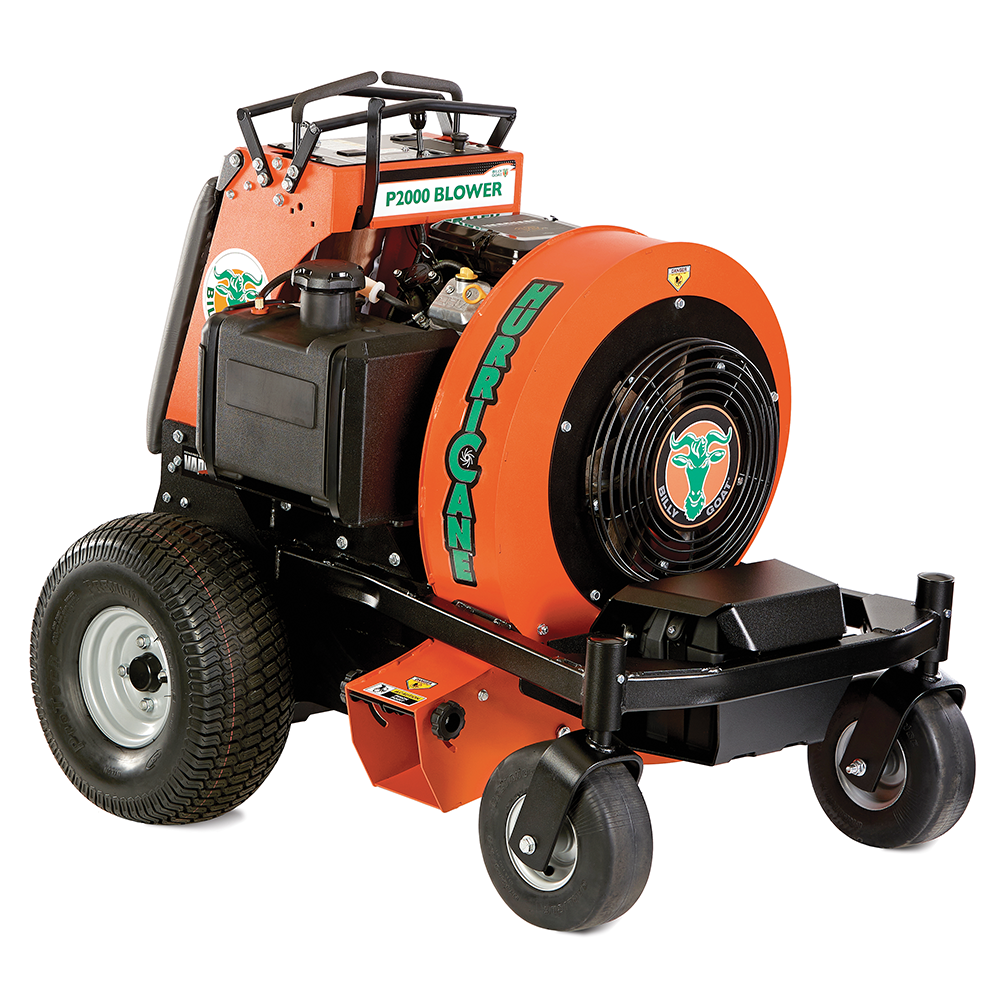
.jpg)
